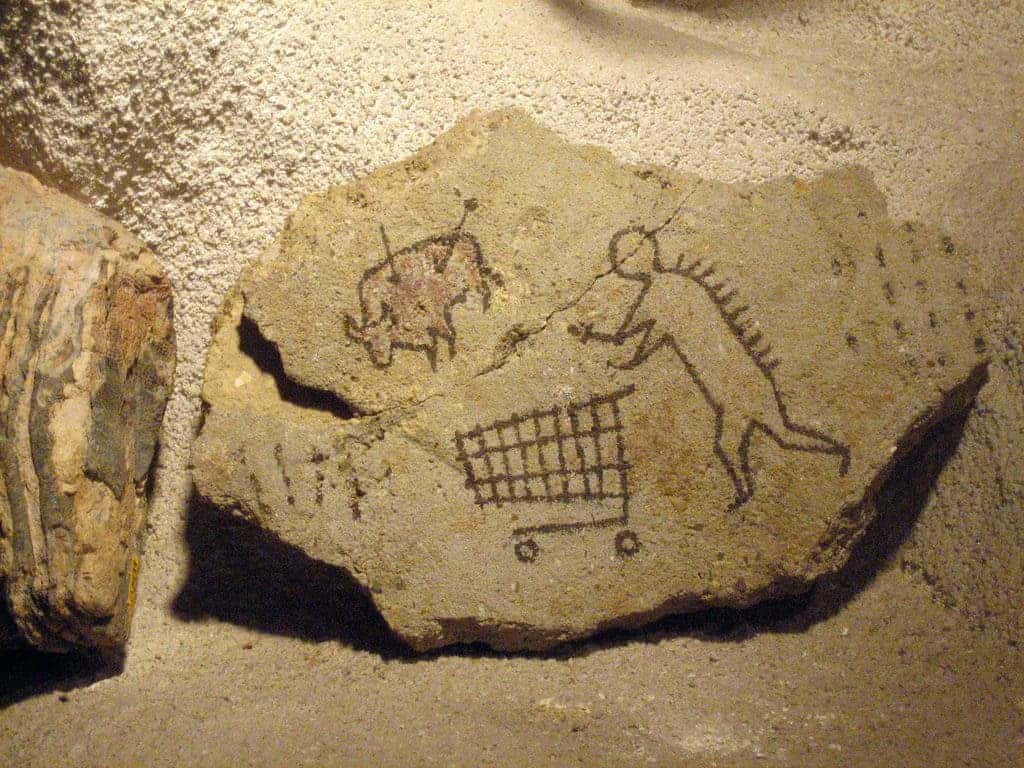An archaeological team from The Australian National University (ANU) has found evidence of an expansive trading network in Vietnam which operated from about 4,500 years ago up to until around 3,000 years ago.

Note: this picture is not part of the study in any way, shape, or form. It’s just a funny flavor pic I found online.
Image credits Chris Jobling / Flickr.
A new paper reports that several settlements strewn about along the Mekong Delta region of Southern Vietnam were part of an ancient, sophisticated trade network. Large volumes of goods and materials were manufactured and shipped between them, often over distances of hundreds of kilometers. The discovery helps place early Vietnamese culture in a whole new light, and joins other findings that show ancient societies weren’t the simple, isolated, warring groupings of tribes we usually believe them to be — quite the opposite.
Rock for tat
The most striking discovery here isn’t that these people moved materials and goods around — we knew that already. What’s striking here is the scale of the operation, both in regards to the quantities produced and shipped, the huge length of routes, and the level of specialization involved. This latter factor, in particular, hints at a long-running trade operation. Specialized craftsmen need access to wider, stable markets to ensure there’s always someone buying their goods or such enterprises bog down.

The location of settlements that were part of the ancient trade route.
Image credits Frieman et al., 2017.
“We knew some artefacts were being moved around but this shows evidence for a major trade network that also included specialist tool-makers and technological knowledge. It’s a whole different ball game,” said lead researcher Dr Catherine Frieman, Senior Lecturer in European Archaeology from ASU’s School of Archaeology and Anthropology, who specializes in ancient stone tools.
Dr Friedman made the discovery after she was asked to look at a cache of stone items unearthed at a site called Rach Nui in Southern Vietnam. There were even some sandstone grinding stones among the items, instruments which were used to fashion other tools such as stone axe heads. It struck Dr Frieman as odd to see them all the way here — since Rach Nui is nowhere near any sources of stone. In other words, people here had to import stone — and import a lot of it — to justify a local stone-fashioning industry. Even the sandstone used to fashion the grinding tool itself most likely came from a quarry some 80 kilometers (50 miles) away in the Mekong Delta.
The grindstones also come in different sizes, shapes, and judging by the grooves left in them, different use patterns. This indicates that highly-specialized stone processing techniques were used in local manufacturing. These included differently-shaped grindstones to be used on various parts of an axe-head, for example, or grind surfaces of various coarseness, meant to either shape or polish the stones — meaning that these were a people who didn’t just make tools, they made refined, high-quality tools.
“This isn’t a case of people producing a couple of extra items on top of what they need. It’s a major operation. The Rach Nui region had no stone resources. So the people must have been importing the stone and working it to produce the artefacts,” she said.
“People were becoming experts in stone tool making even though they live no-where near the source of any stone.”

A schematic of the steps the team believes went into making the axes. It’s a much more complicated undertaking than you’d credit stone age communities with.
Image credits Frieman et al., 2017.
Dr Phillip Piper, an expert in Vietnamese archaeology at the ANU School of Archaeology and Anthropology and paper co-author, is using the findings to map how people in Southeast Asia transitioned from hunting and gathering to farming. According to him, there are numerous Neolithic sites in southern Vietnam that, despite being “relatively close together,” show “considerable variation in material culture, methods of settlement construction and subsistence.” This suggests that when communities started establishing permanent settlements throughout the delta and coastal regions, they also developed distinct social, cultural and economic systems.
These differences formed a ripe setting for trade to spring up, moving “materials and manufacturing ideas over quite long distances” between the different communities.
“Vietnam has an amazing archaeological record with a number of settlements and sites that provide significant information on the complex pathways from foraging to farming in the region” Dr Piper said.
All in all, the findings peer into the complexity of Neolithic trading networks in the area and offers a glimpse of how technological know-how flowed side-by-side with finished goods and materials along these trade routes.
The full paper “Rach Nui: ground stone technology in coastal Neolithic settlements of southern Vietnam” has been published in the journal Antiquity.









